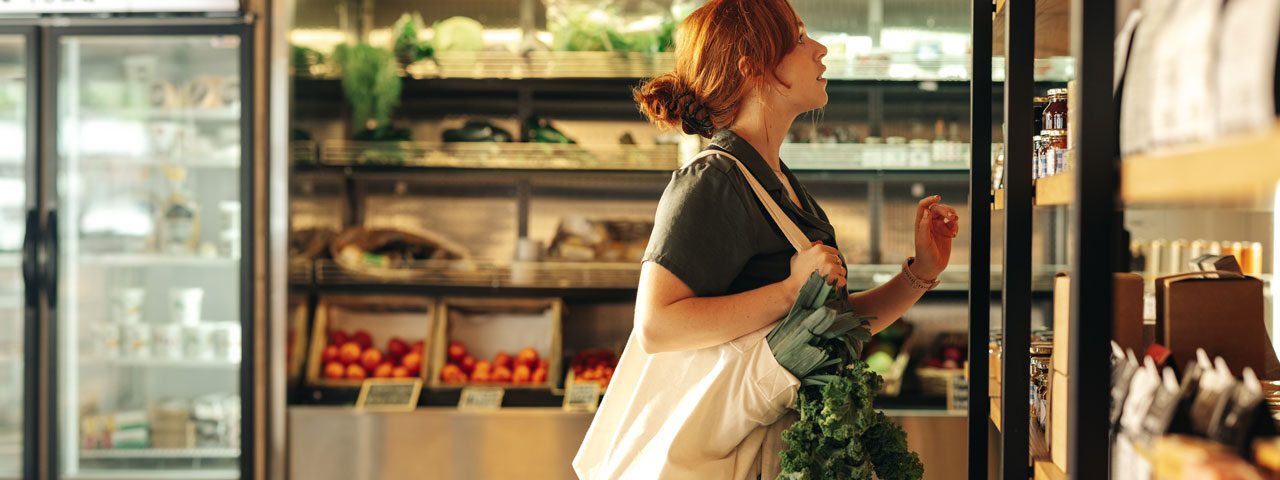By Ray Florio, Growth Consulting, IRI
The U.S annual inflation rate for June 2022 reached a staggering 9.1% and shows little signs of abating. While some will debate whether we are already six months into a recession or not, inflation has essentially created a similar impact on shoppers that has already lasted over a year: every dollar becomes dearer, and shoppers are making more careful choices with their spending. Inflation also pressures manufacturers and retailers in several direct and indirect ways. Directly, rising fuel and transportation prices are combining with increased raw materials costs to boost production costs. Indirectly, the need for retailers to earn higher markups, stronger wage competition and a surge in rent and real estate prices also threaten margins.
IRI research reveals that a significant plurality of shoppers will reduce their spending on their top staples. Some of this reduction will be due to migration to value brands. To achieve continued, sustained growth, brands must create a better balance between price and value proposition.
The question now becomes how manufacturers and retailers can identify and create new revenue opportunities while sustaining shopper loyalty through strategies that meet consumers’ shifting needs.
Even with a migration to value, manufacturers and retailers can continue to drive profitable growth, keeping in mind that the goal is not just to take price, but to build sustainable pricing leverage. Over the short term (within the next year), it is important to identify the optimal everyday price points and promo calendars by channel for each product and to ensure that each channel has the right pack sizes from the existing portfolio. Over the immediate term (one to two years), brands need to find opportunities for new and changed pack sizes by channel to drive new occasions. In addition, they should refine their messaging and positioning to improve the willingness of shoppers to pay without incurring additional promotion costs. Over the long term (two to five years), brands should focus on tailoring their innovation pipelines to deliver the attributes and benefits for which shoppers are willing to pay a premium.
To offset cost increases and provide a better value proposition to the shopper, manufacturers and retailers should consider focusing on four strategies:
- Capitalize on current pricing leverage stemming from existing brand strengths to answer these questions:
- What is the “right” price and promotion structure to meet channel-specific shopping needs?
- Which items must compete on price, and which can support premium pricing?
- What are the most effective trade strategies and contract agreements by brand and retailer?
- Strengthen margins with lower impact when the volume tradeoff is positive to answer these questions:
- How can we better capture certain consumer segments based on our price and pack offerings?
- What are the occasion “gaps” in our portfolio by channel, and how can we fill them with new price packs?
- How can we meet key price-per-unit and price-per-volume thresholds in a cost-effective manner?
- Drive even stronger differentiation and shore up gaps versus other brands to answer these questions:
- How can we improve the price realization within our existing portfolio?
- How can we change the consumer preference for our product through different on-pack communications?
- How can we better message our promotional events to drive stronger returns on our existing spend?
- Tailor the innovation pipeline around brand strengths to drive profitable growth to answer these questions:
- What are the opportunities for premium innovation to drive growth in an otherwise stagnant category?
- What benefits and attributes can we rely on to drive a stronger sustained value proposition than our competitors?
- What are the most efficient options for defending against potential competitor entrants and/or launches?
The past few years of COVID-19 have brought enormous disruptions to the CPG environment, along with significant growth in some areas. Inflation brings additional disruption and further hastens shifts in the ways shoppers research, purchase and use food, beverage and non-food items. And while disruption can be disconcerting, it also creates opportunity. Savvy brands and retailers will seize that opportunity by successfully answering the questions above. In the process, they will gain a deep understanding of the factors that drive shopper decisions and can then devise and execute the right strategies to capitalize upon them. Using this approach, they can gain market share and sustain profitability, even in a challenging environment.
Get insights straight to your inbox





